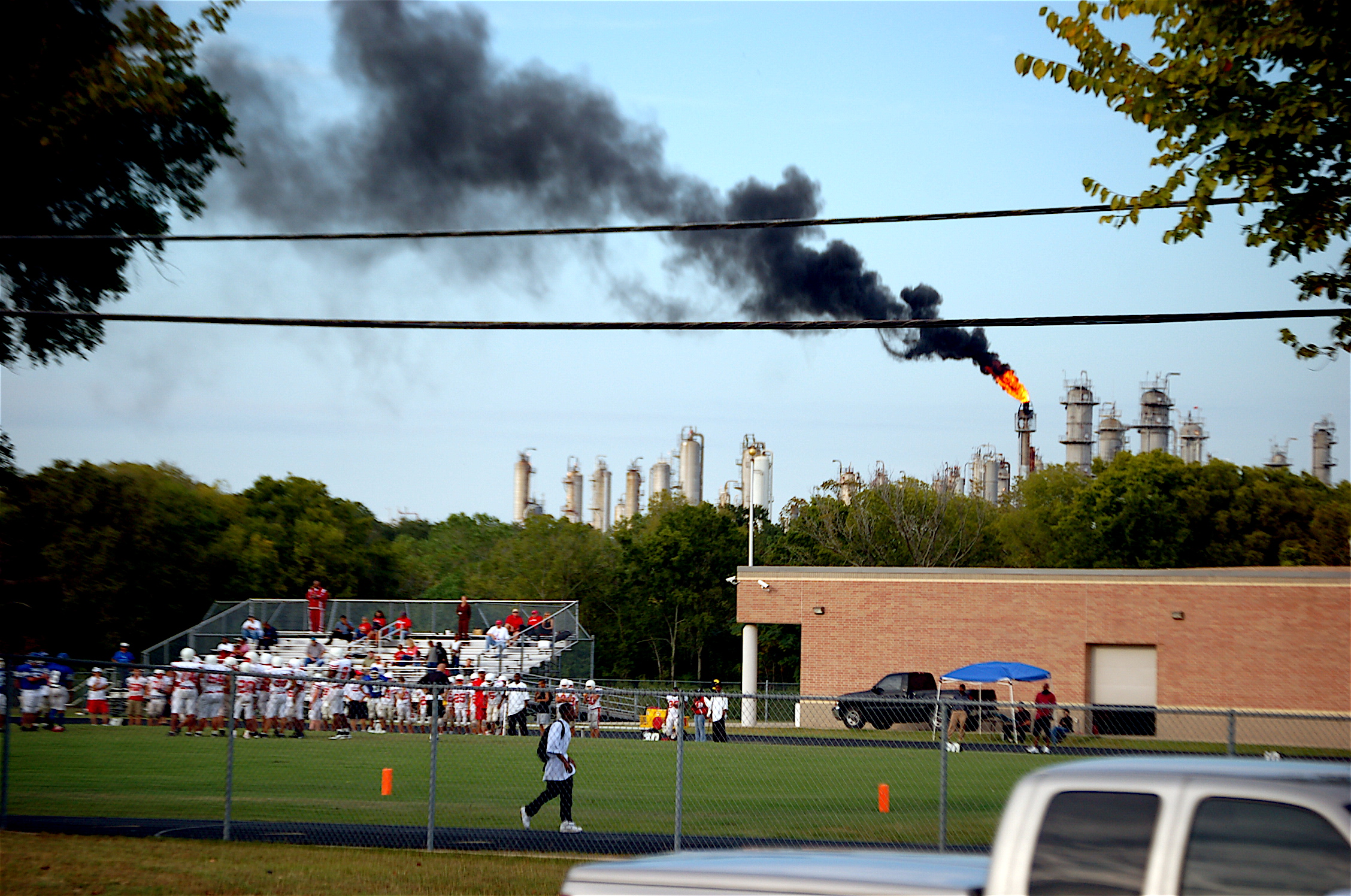A bill filed by Senator Florence Shapiro (R-Plano) – SB 468 – purports to promote “flexibility of the board of trustees of a school district in the management and operation of public schools in the district,” and makes several changes to the law, including class sizes and the repeal of Section 1951.212 of the Occupations Code, the section of state law entitled “Integrated Pest Management Programs for School Districts”.
In 1993, Texas became one of the first states to require schools to use the least toxic methods to control pests. Children are especially vulnerable to pesticide exposure as they take in more pesticides relative to their body weight than adults and have developing organ systems that are less able to detoxify toxic chemicals.
According to the group Beyond Pesticides, of the 40 most commonly used pesticides in schools, “28 can cause cancer, 14 are linked to endocrine disruption, 26 can adversely affect reproduction, 26 are nervous system poisons and 13 can cause birth defects.” Texas has been a leader in this area and is one of fifteen states to require least toxic methods (known as “integrated pest management”) at schools to protect our children from exposure to these chemicals.
It’s unclear what the motivation is behind this repeal. In a 2005 Texas AgriLife Extension survey of over 500 Integrated Pest Management (IPM) Coordinators, “53% felt that the IPM requirements had actually reduced long-term costs of pest management. Fifteen percent believed there was no change in cost to the district. Only 18% of districts said that they felt the school IPM regulations had increased the long-term costs of pest control to their district.” Furthermore, “schools were 75% more likely to be satisfied with their pest control program compared to 1993, before the law went into effect. In addition, the study found that 75% of school IPM coordinators believe that the state IPM requirements have resulted in more effective pest management in their districts.”
To read a copy of this bill, click here. To read the section of the code this bill repeals, click here.
This bill is expected to be heard in the Senate Education Committee tomorrow. If you are concerned, please contact committee members to let them know of your concerns.


 The nominee, Lisa Jackson, told members of the Senate Environment and Public Works Committee that she would “send investigators and samplers out to verify the extent of the problem” and “mobilize” agency efforts within 30 days of her confirmation. Parents, she said, “have a right to know their children are safe when they are in school.”
The nominee, Lisa Jackson, told members of the Senate Environment and Public Works Committee that she would “send investigators and samplers out to verify the extent of the problem” and “mobilize” agency efforts within 30 days of her confirmation. Parents, she said, “have a right to know their children are safe when they are in school.”


